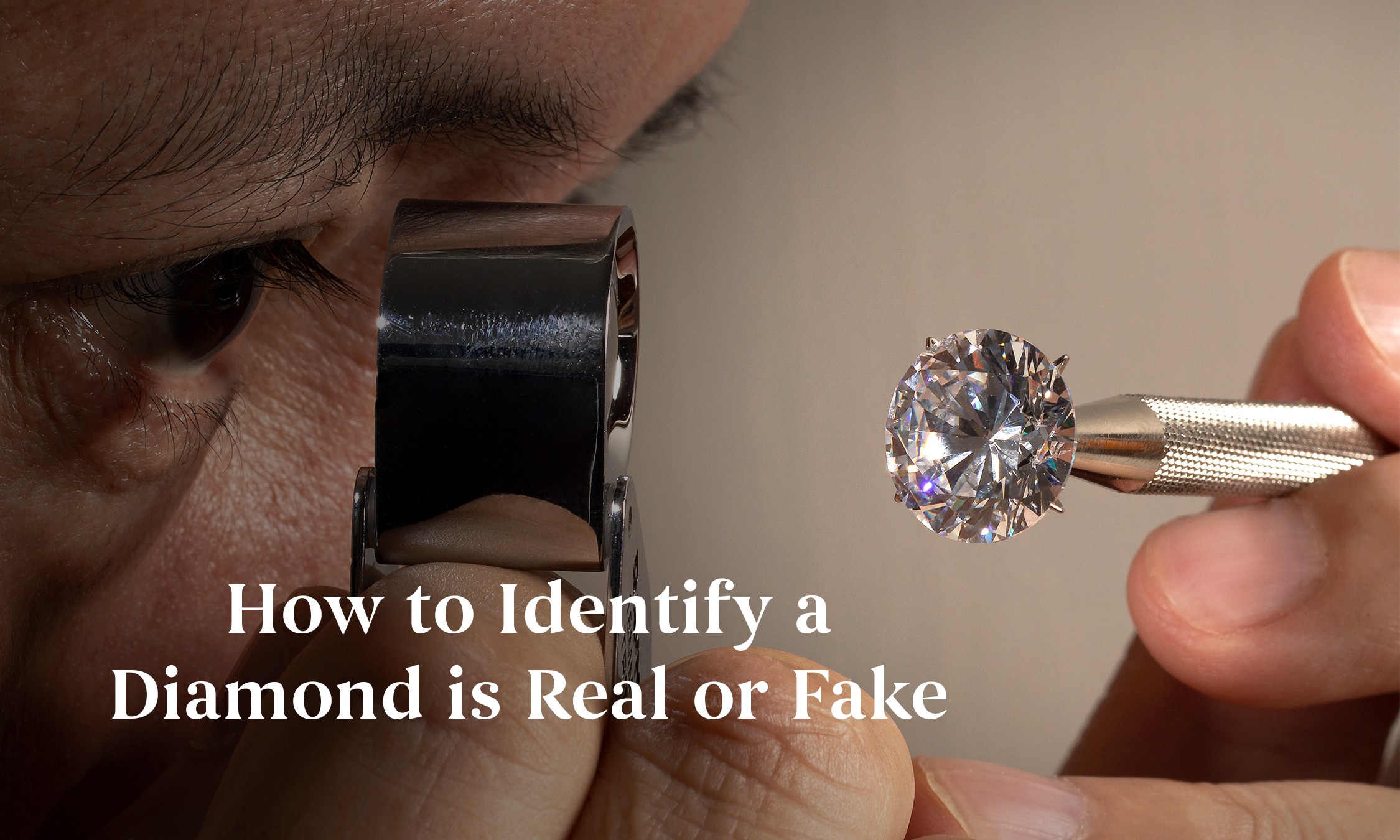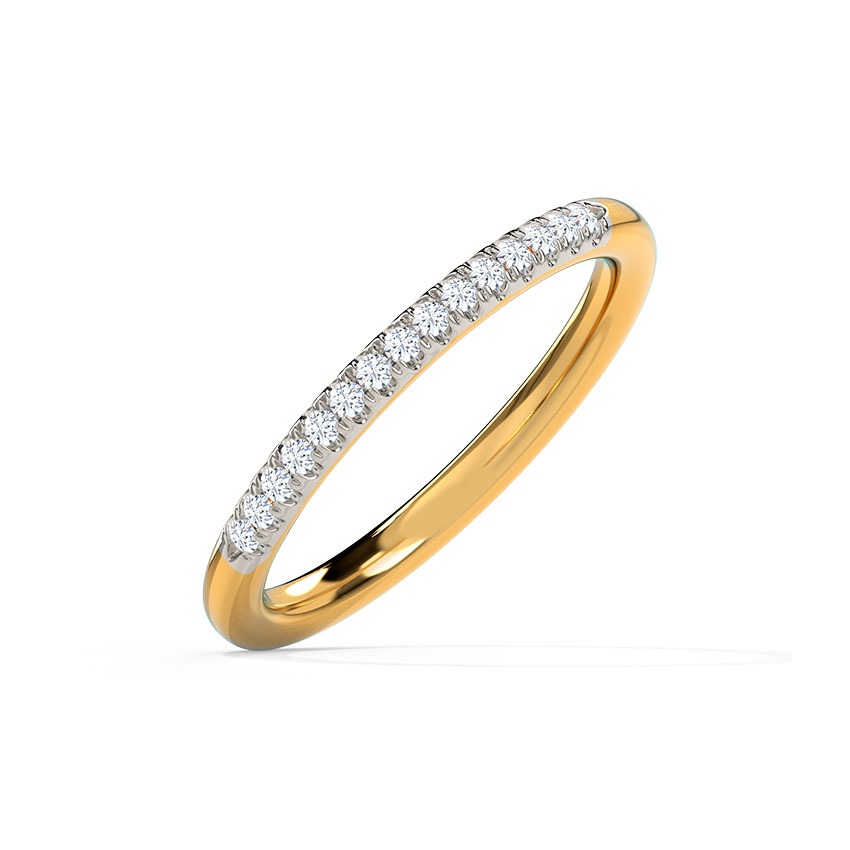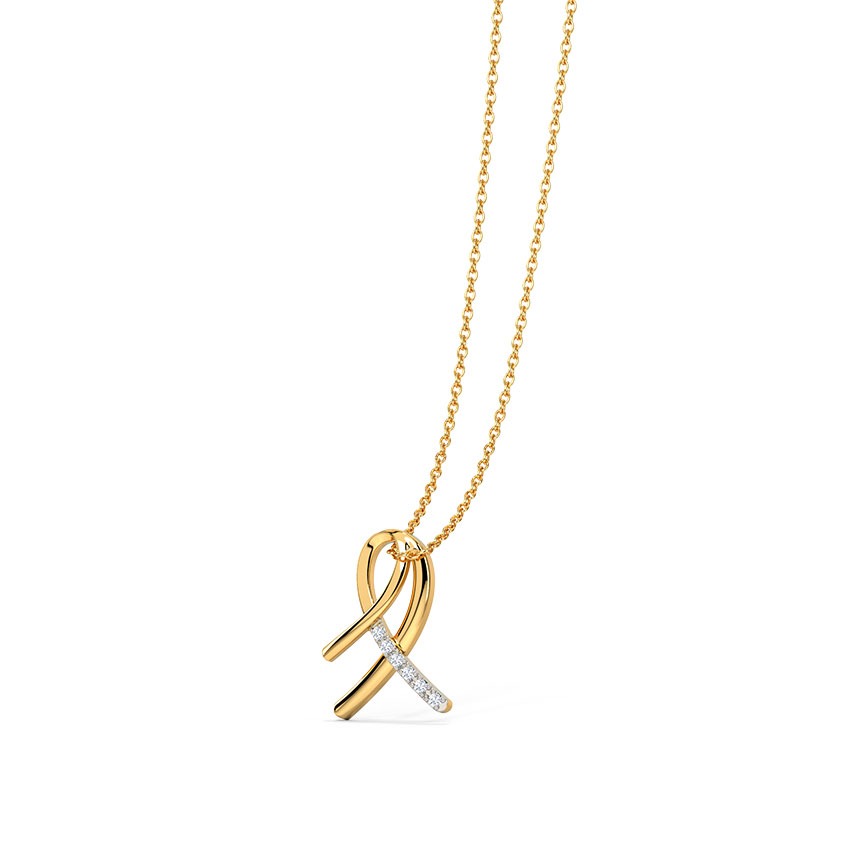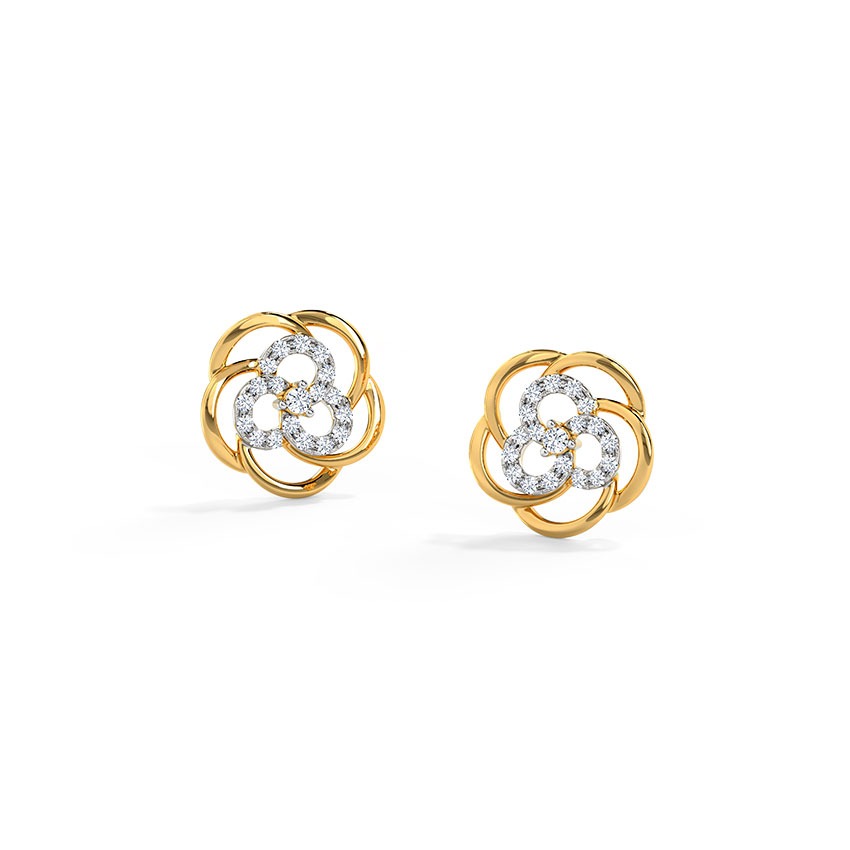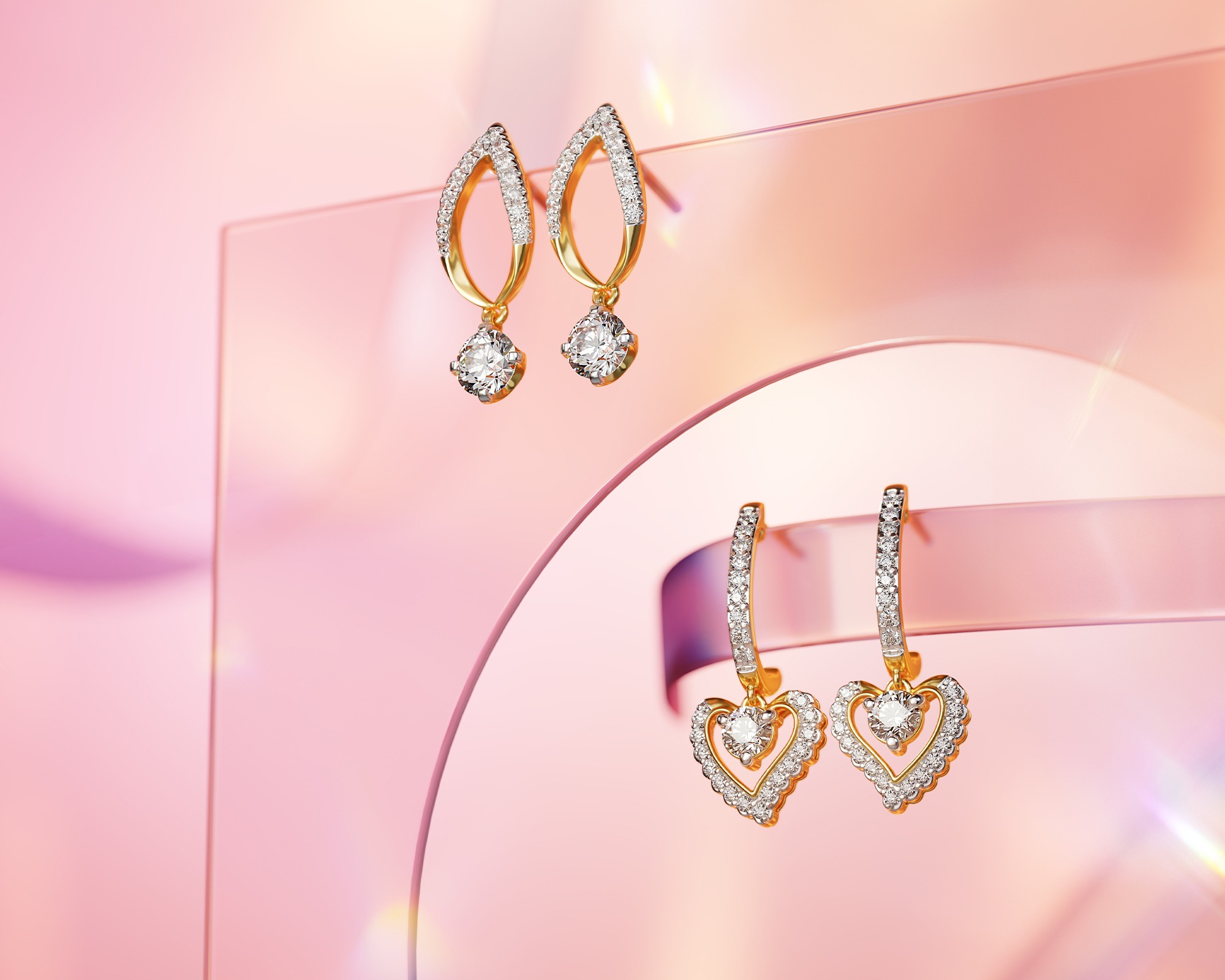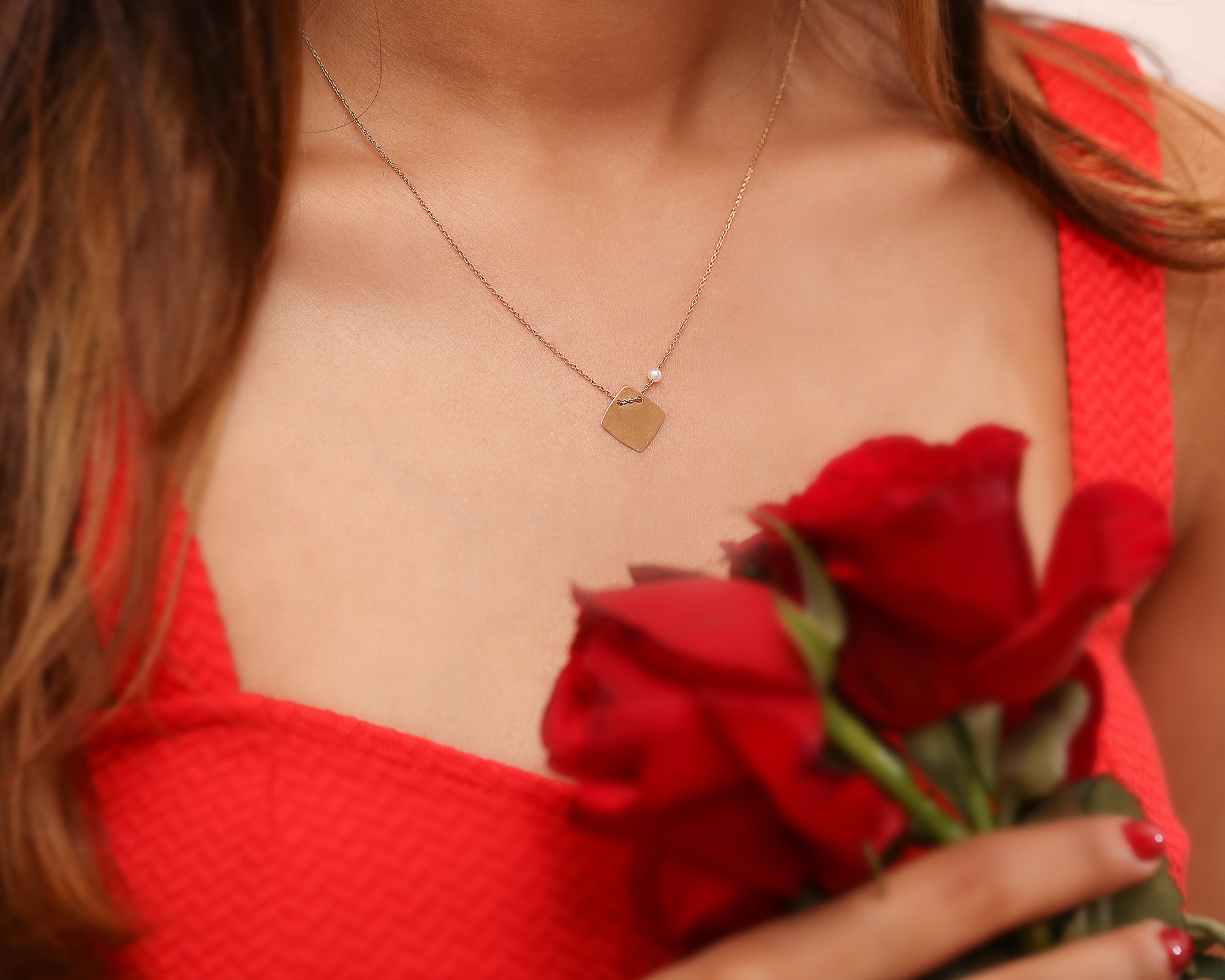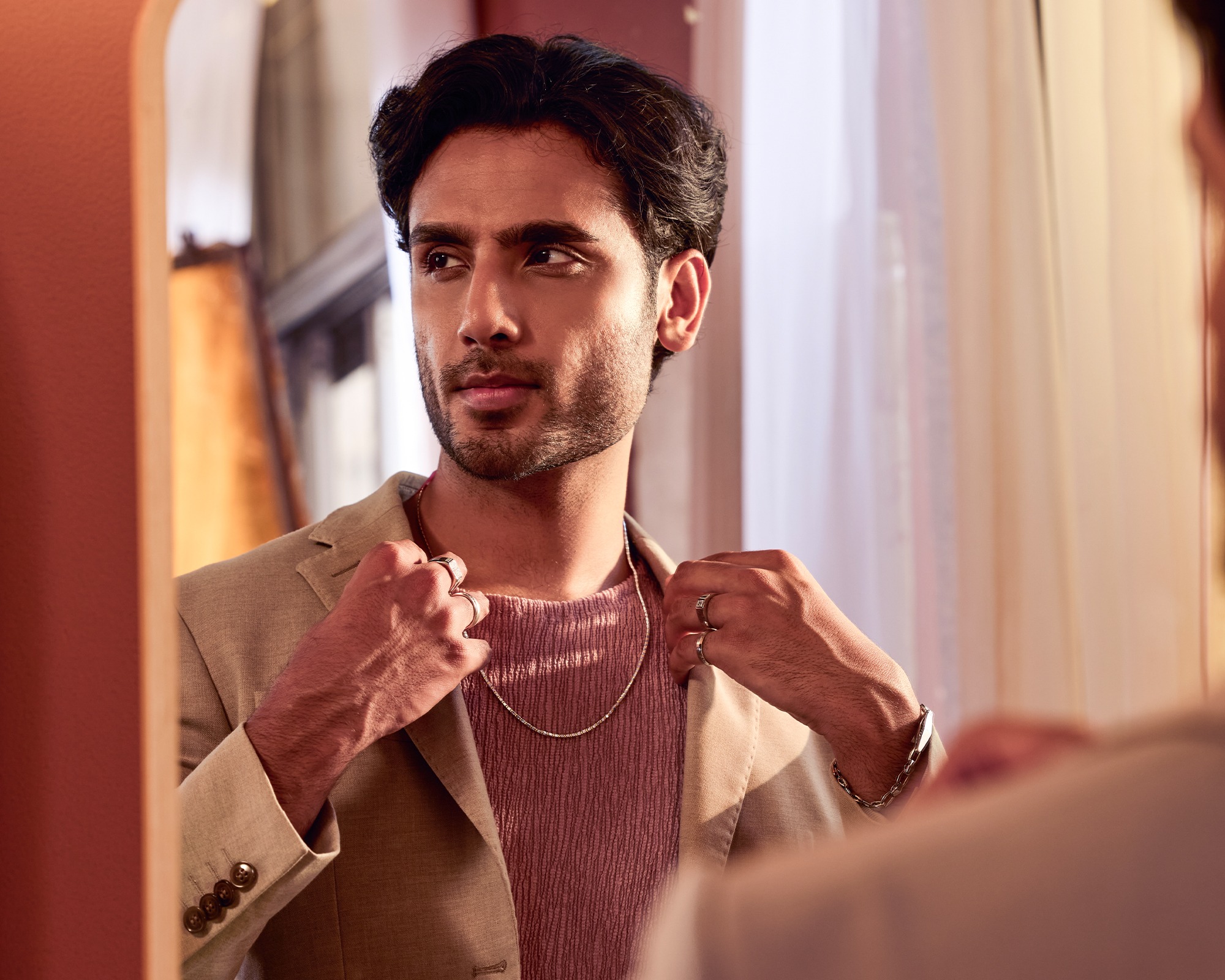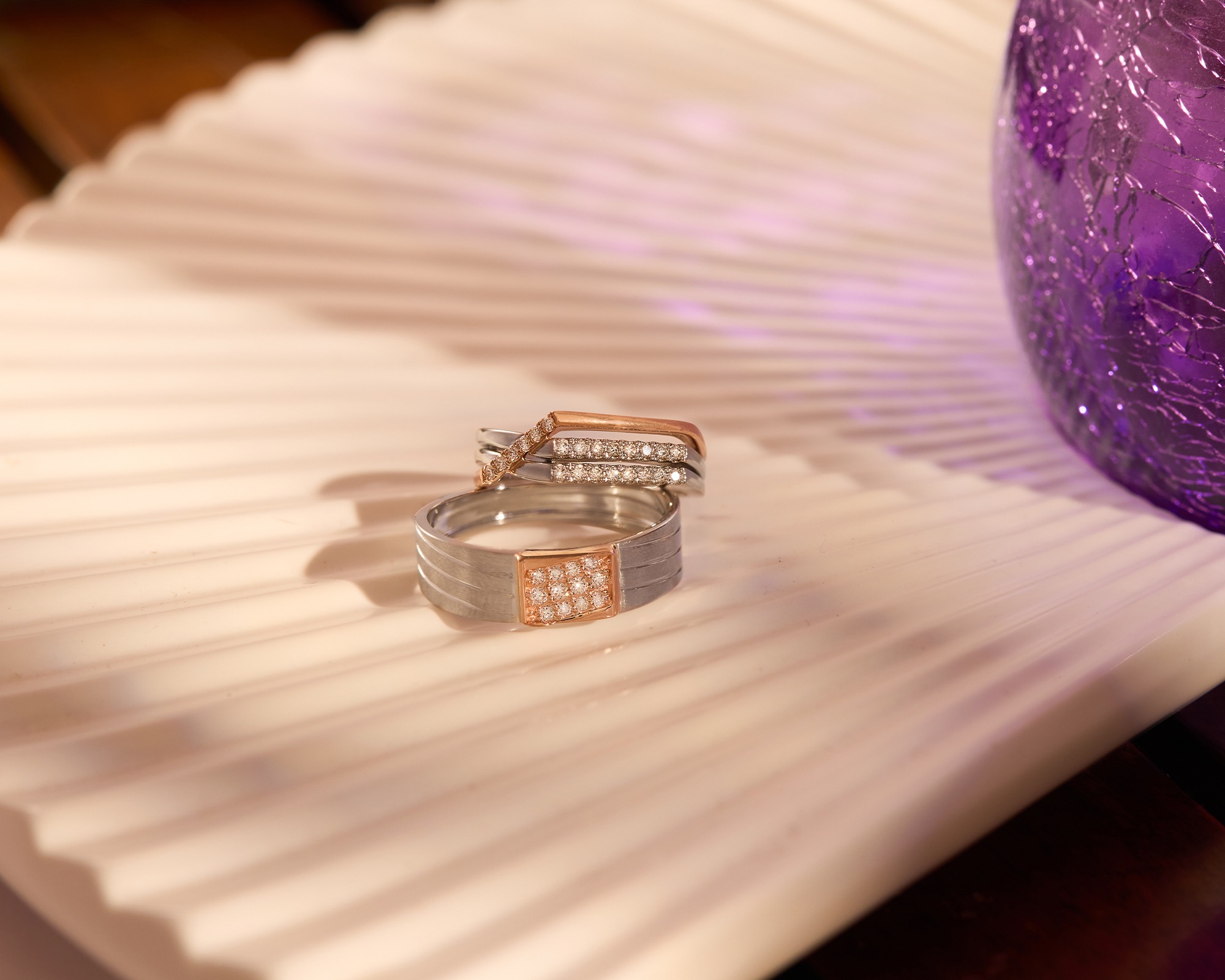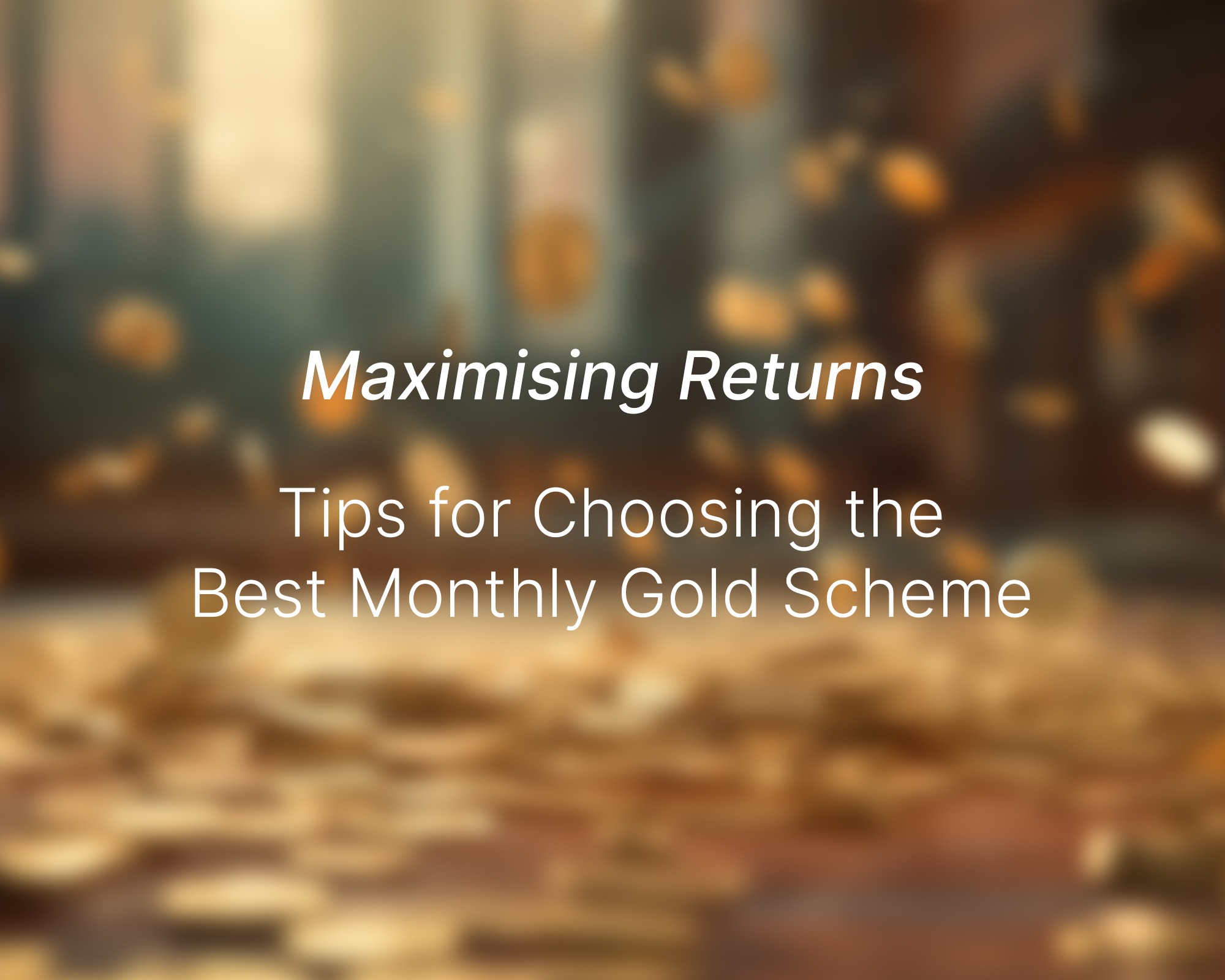Are you considering investing in diamonds but don’t know how to tell if they are real or fake? Investing in diamonds is one of the best ways to diversify your portfolio and add to your net worth, but it’s essential to ensure you only invest in genuine diamonds. In this blog, we’ll discuss how to identify a diamond’s authenticity and help you make sure you are investing in the real deal. Read on to learn more about determining whether a diamond is real or fake.
People buy diamonds for various reasons, including as a symbol of love and commitment (such as in engagement rings), as status symbols and displays of wealth, and as a long-term investment. Diamonds have also traditionally been associated with luxury and elegance and have been marketed as a symbol of prestige and power. Additionally, some people simply appreciate the beauty and uniqueness of diamonds.
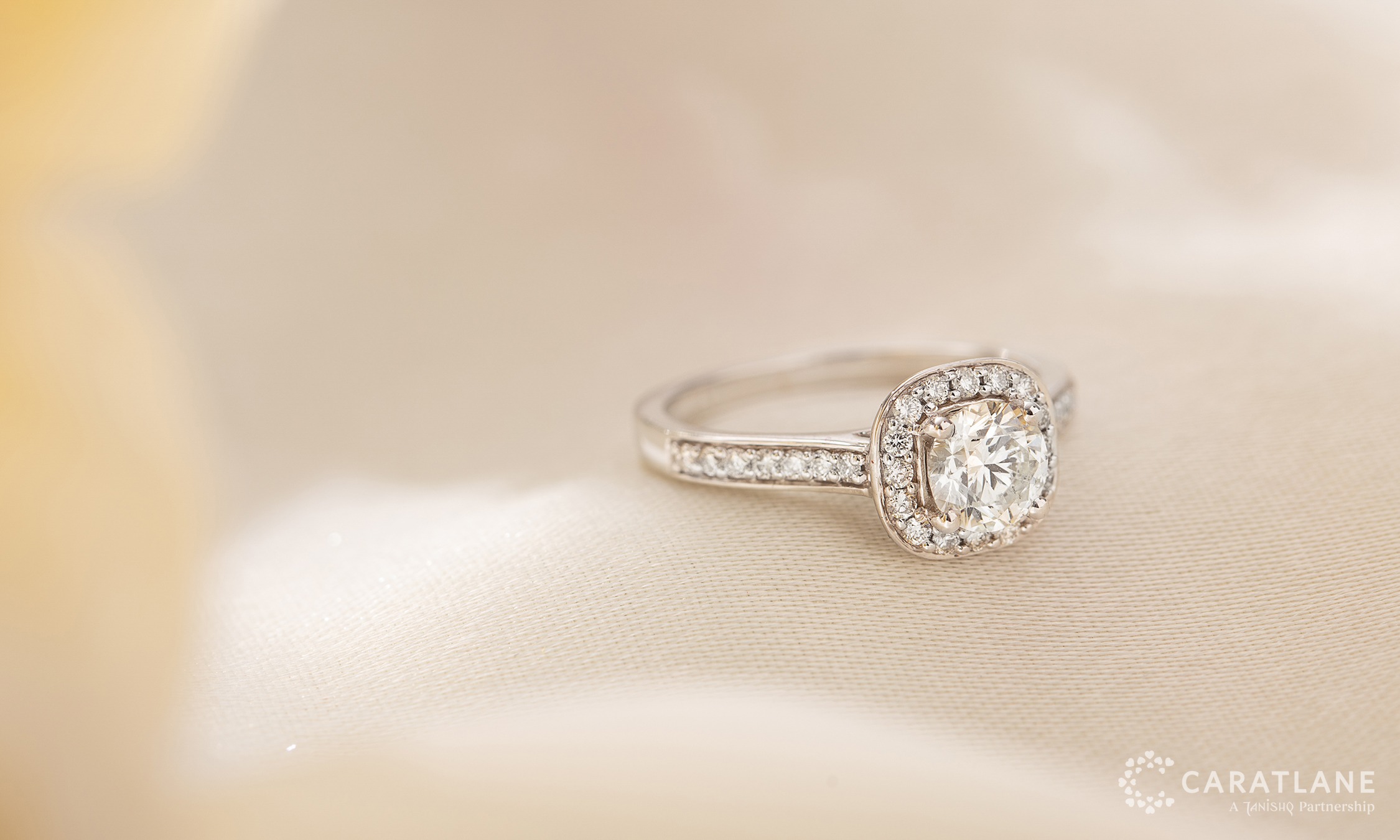
Differentiating Real and Fake Diamonds
Before learning about the difference between real and fake diamonds, let’s discover diamonds’ identifying characteristics.
Diamonds are characterized by their high refractive index, dispersion, and hardness. They also have an intense sparkle and brilliance due to their high light reflection and refraction level. Other identifying characteristics include a clear or translucent appearance and the ability to cut and polish well. Additionally, diamonds are typically found in shades of white or yellow but can also be found in shades of blue, green, pink, and red.
The Four Cs of diamond grading is colour, cut, clarity, and carat weight.
- Colour is the presence or absence of colour in a diamond. The Gemological Institute of America (GIA) typically grades diamonds on a scale from D (colourless) to Z (light yellow or brown). A colorless diamond is considered the most valuable.
- Cut refers to the diamond’s proportion, symmetry, and polish. A well-cut diamond will reflect light well, giving it a sparkly appearance. The GIA grades the cut as Excellent, Very Good, Good, Fair, and Poor.
- Clarity is the presence or absence of inclusions or blemishes on a diamond. Inclusions are internal imperfections, and blemishes are external ones. The GIA grades clarity as Flawless, Internally Flawless, Very, Very Slightly Included, Very Slightly Included, Slightly Included, and Included.
- Carat weight is about the diamond’s weight, not its size. One carat is equal to 0.2 grams. A higher carat weight generally results in a more valuable diamond.
Identifying the characteristics of diamonds is only one part of figuring out whether it is genuine or fake. Now we show you how to check the diamond before you put down your money.
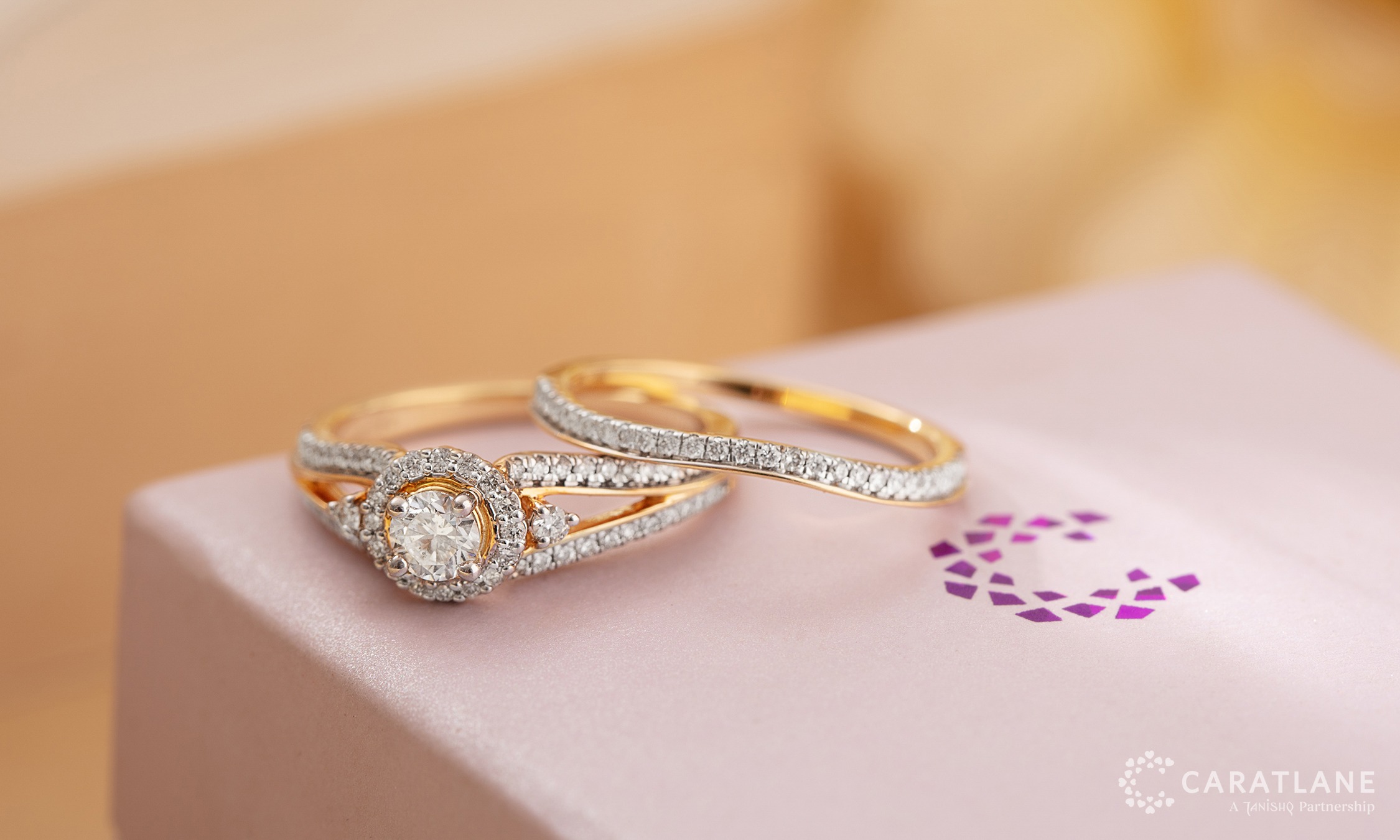
Testing methods
You can do some of the tests while others need a professional. Here, we will start with a few methods you can do yourself and then move on to those that require more professional equipment.
Water test
Use a small water glass and fill it with water. Gently slide the stone into the water. If it sinks to the bottom, it is a natural stone. Fake diamonds will float.
Fog test
The test involves exhaling the diamond for about 10 seconds. If the diamond is real, the fog created by the breath should dissipate almost immediately. If the moisture remains for over a few seconds, the diamond is likely to be fake.
Use direct sunlight
Sunlight is one of the most reliable methods for determining whether a diamond is real or fake. Diamonds will often sparkle and appear to have rainbow-colored flashes when exposed to the light, while faux stones will often appear dull and lifeless.
Additionally, when exposed to a loupe or magnifying glass, natural diamonds will often have slight inclusions that are not visible to the naked eye, while fake stones will not.
Explore Certified Diamond Jewellery by CaratLane: Diamond Rings, Diamond Pendants, Diamond Earrings, Diamond Necklaces, Diamond Nose Pin, Diamond Mangalsutra
Scratch Test
There are two ways to use a scratch test. It is a simple and easy way to test whether a diamond is real. You can scratch the diamond with a piece of glass. Real diamonds won’t get scratched, whereas fake stones will show scratches. Or, you rub the diamond against a glass or ceramic plate. The diamond will leave a scratch on the plate if it is real.
You can perform the above tests on your own. You may wish to have further testing done if you want to be doubly sure about the diamond, like the following:
Magnetism test
Real diamonds are not magnetic. So, if the stone is attracted to a magnet, you can be sure it is not a genuine diamond.
Refractive index test
A refractive index test is a simple test that measures the amount of light bent or refracted when it passes through the diamond. If a diamond is real, it will refract light differently than a fake diamond. We place the diamond between two crossed polarizing lenses to perform this test. If the diamond is real, the intersecting lines will be clearly visible. If the diamond is fake, the lines will be blurry or not visible at all.
Thermal conductivity test
A thermal conductivity test is commonly used to determine whether a diamond is real or fake. During the test, a thermal conductivity probe is used to measure the diamond’s heat transfer rate. Real diamonds are excellent thermal conductors, so they will transfer heat quickly. On the other hand, fake diamonds are poor thermal conductors and will not transfer heat as quickly.
Ultraviolet test
This test uses a UV light to check if a diamond is real or fake. The light will cause the diamond to fluoresce or glow a specific colour, depending on the type of diamond. Natural diamonds will fluoresce blue, while fake diamonds typically will not fluoresce or will fluoresce a different colour.
Is professional evaluation necessary?
Even with all the tests you do at home, you may still want a professional appraisal because diamonds are expensive and are meant to last. An experienced gemologist or appraiser will use various methods to identify a diamond’s authenticity and value. It includes visual inspection, magnification, thermal testing, and other specialized tools. Therefore, a professional evaluation is essential in determining whether a diamond is real or fake.
How to find a professional appraiser?
You can use the below checklist to help you find a professional appraiser:
- Ask for referrals from friends and family who have recently purchased diamonds.
- Contact your local jewellery store and ask for recommendations for reputable appraisers in your area.
- Search the internet for diamond appraisers in your area.
- Compare multiple appraisers’ services, fees, and qualifications before selecting one to work with.
Or, you can approach CaratLane and feel confident that you will take home diamonds certified by the highest authority – the Gemological Institute of America (GIA).
Related posts:
- Gold & Diamond Designs To Buy During Zero Percent Making Charges Offer
- Diamond jewellery gift ideas that will make you the talk of the town
Shop Other Diamond Jewellery
diamond kangan, diamond long mangalsutra, diamond rings, diamond tanmaniya, diamond thali designs, diamond statement rings, multiple earring sets

